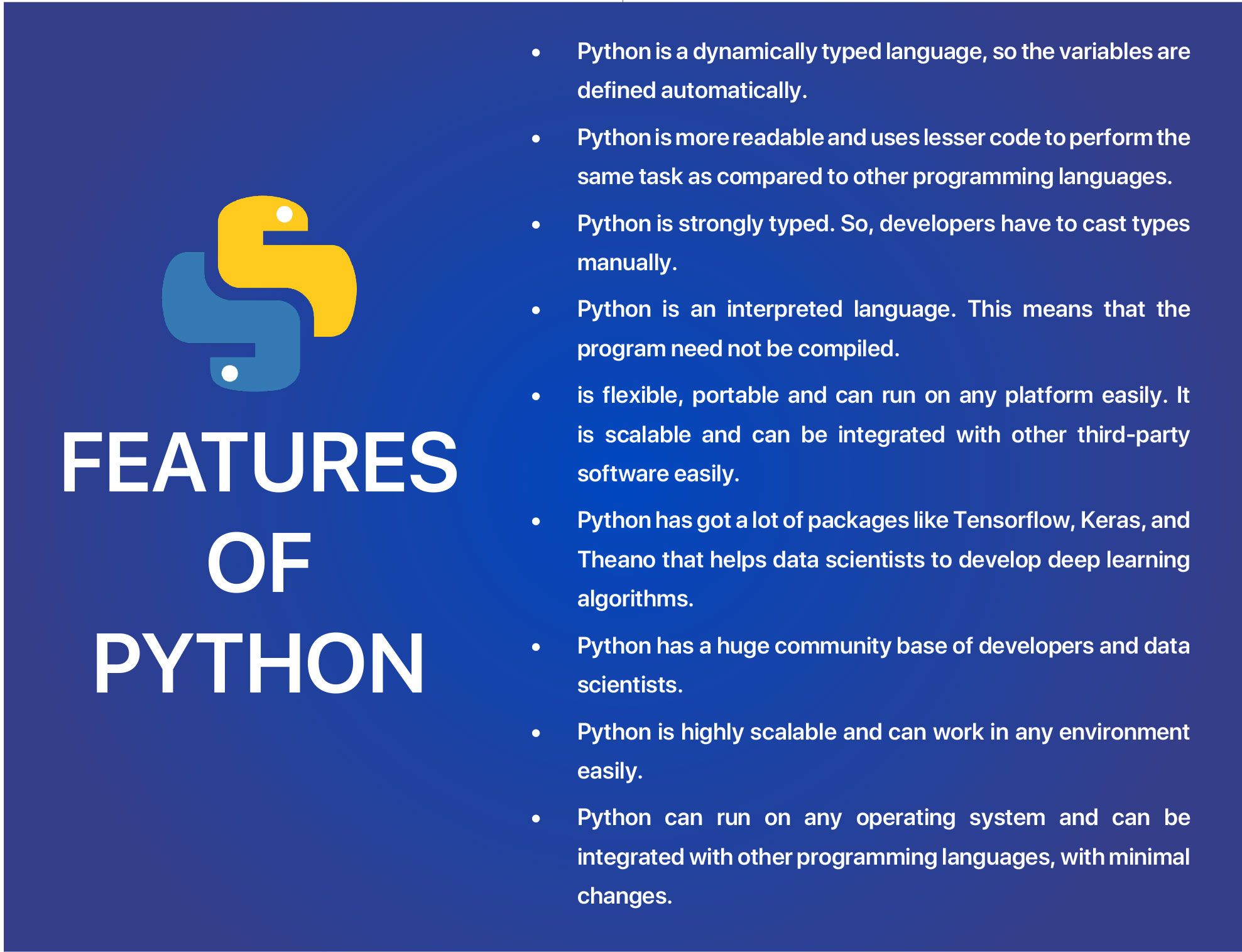Pythons are non-venomous snakes found in Asia, Africa and Australia. They make safe haven in hollows, under rocks, abandoned mammal burrows and tree branches, depending on the species. The females usually make nests of plants and soil or use the abandoned burrows. Subsequent to laying the eggs, the female python will twirl around them to guard the eggs and to keep them warm. If the temperature in the nest begins to decrease the female will contract her muscles to warm eggs. This is known as shivering thermogenesis. Females typically do not feed during this time and may only leave the nest to bask. After the eggs hatch, the female does not care for the hatchling snakes.”
Wait! Wait! Wait! That motherly nature of pythons has nothing to do with how Python Software Program got its name.
Python was first introduced in 1980, which got its name out of a casual quirky thought of Guido Van Rossum, Python’s creator who spotted the name from the published scripts of “Monty Python’s Flying Circus”, a BBC comedy series that belonged to the 1970s. The word Python sounded crisp, inimitable, and rather puzzling as Van Rossum expected, and he called the language “Python”. Though introduced in 1980, it was officially launched as a full-blown programming language only in the year 1989. This commercially usable open source programming language aims at keeping the code easily understood and used.
Let’s now delve into the origin and future of Data Science,before we read further the Python’s path.
The mixture of the well-established discipline of statistics with an extremely youthful computer science is how data scientists came into being. The term “Data Science” has surfaced only in the recent times to explicitly assigning a new occupation that was projected to take advantage of the enormous supplies of big data. However, analysis of data has a long record and has been studied by statisticians, computer scientists, scientists, librarians, and others for many years.
Why is Python Programming Language Important in Data Science?
Before getting started in data science, there is one question that comes to the mind of the aspiring data scientists ‘Which is the most popular language used by data scientists?’. ‘Which programming language is most important in data science?’ There are many programming languages like R, C++ used by data scientists apart from Python; of all, Python holds a matchless position. Python is an object-oriented, open source, flexible and easy to learn programming language. Python has a rich set of libraries and tools, which make the tasks effortless for Data Scientists. Moreover, Python has a huge community base where developers and data scientists put forth their questions and answer questions of others as well. For a long time now, Python has been used by Data Science as a Service, and it is expected to continue as the top choice of Data Scientists and Developers.
Importance of Python in Data Science
Data Science consulting companies are encouraging their team of developers and data scientists to use Python as a programming language. Python has become popular and the most important programming language in very short time. Data Scientists have to deal with huge amount of data known as big data. With simple usage and a large set of python libraries, Python has become a popular option to handle big data.
Also, Python can be easily integrated with other programming languages. The applications built using Python are easily scalable and future-oriented. All the above-mentioned features of Python makes it important for the Data Scientists. This has made Python the first choice of Data Scientists.
The importance of Python in Data Science in detail:
Python is an easy-to-use and flexible programming language that has a simple and prompt learning curve. Python’s intelligible syntax enables new Data Scientists to understand it and to solve problems end-to-end in a lesser time. Moreover, as it provides an array of Data Sciencerelevant applications,Python is regarded as an important platform for Data Scientists. Python could be sought after to develop machine learning models, web services, data mining classification etc;it provides greater flexibility in the fields of machine learning and deep learning too.
Data Analytics, as an integral part of Data Science acquires information about various matrices required to evaluate the performance of any business through data analytics tools. Given the necessity of data analytics tools for data scientists, Python is an evidential platform that can present enhanced insights, comprehend patterns and connect to data availed from bigger datasets. Moreover, Python is vital in selfservice analytics. Here are some unique features of Python:

All these distinctive features have made Python the most sought after platform of data scientists and developers.